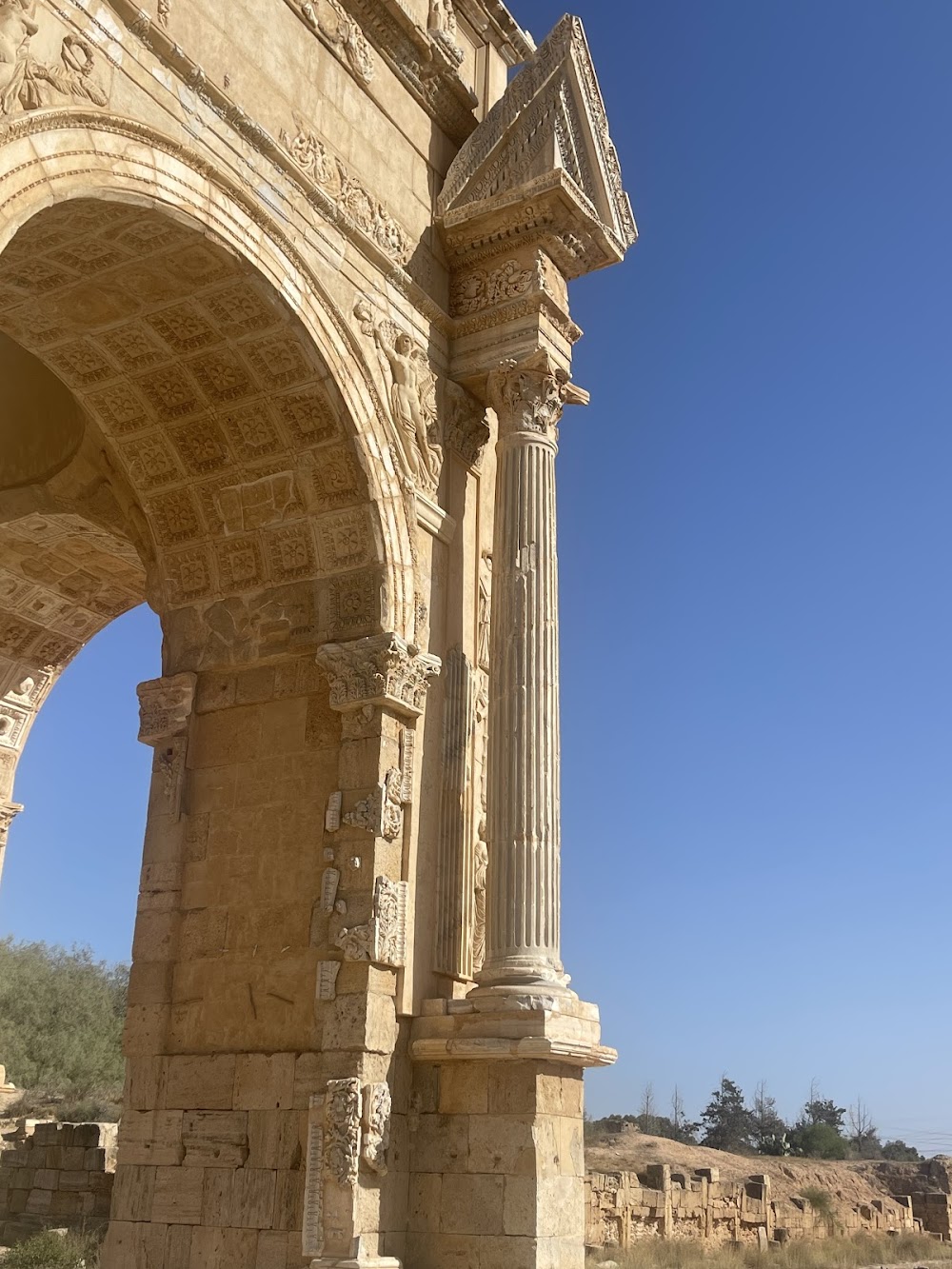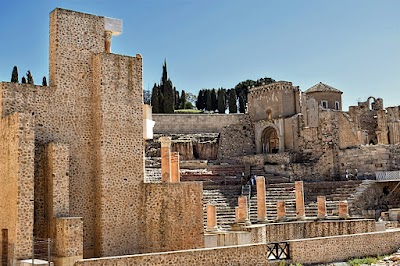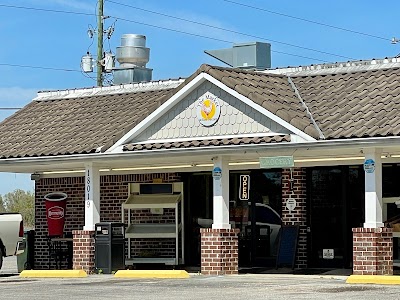Villa Silin (فيلا سيلين)
Overview
Villa Silin is a historic coastal villa located in the city of Murqub, Libya. This remarkable structure holds significant archaeological value, offering an intriguing glimpse into the luxurious lifestyle of its ancient inhabitants.
Designed and constructed during the Roman period, around the 2nd century AD, Villa Silin was initially built as a private residence. Its strategic location on the Mediterranean coastline not only provided breathtaking sea views but also facilitated maritime activities and trade. Likely the home of a wealthy Roman family, the villa reflects extensive size and sophisticated architecture.
The layout of Villa Silin showcases the opulence and elegance characteristic of Roman villas from that era. The property features various sections, including living quarters, reception rooms, and recreational areas. At the heart of the villa lies a central courtyard, designed as an open-air space surrounded by a colonnade. This communal area served as a focal point for social gatherings and daily activities, elegantly linking the different parts of the villa.
One of the most outstanding features of Villa Silin is its mosaic artwork. The floors of many rooms are adorned with intricate mosaics that depict scenes from mythology, everyday life, and nature. Created by skilled artisans using tiny tesserae—small cut pieces of colored stone, glass, or ceramic—these mosaics boast vibrant colors and detailed designs that have remarkably withstood the test of time, providing a visual feast for modern-day visitors.
Additionally, the villa is home to impressive frescoes. The walls are embellished with painted decorations that range from simple geometric patterns to elaborate narrative scenes. These frescoes not only enhance the luxurious ambiance of the villa but also showcase the artistic talents of the craftsmen and the refined taste of its affluent owners.
The villa also included a series of baths, essential to Roman culture. These baths comprised different rooms with varying temperatures: the frigidarium (cold room), tepidarium (warm room), and caldarium (hot room). More than just centers for personal hygiene, these baths served as socializing and relaxation spaces. A sophisticated heating system known as the hypocaust was employed to warm the floors and walls of the baths, utilizing an under-floor space where hot air from a furnace circulated to provide warmth.
Over the years, Villa Silin has experienced various phases of occupation and abandonment. Its remote location helped shield it from extensive looting, although the villa gradually fell into disrepair. In the early 20th century, systematic archaeological excavations were conducted to uncover and preserve the site, revealing the villa's grandeur and offering valuable insights into Roman domestic architecture and lifestyle.
Today, Villa Silin stands as an important cultural and historical landmark in Libya. Efforts have been made to protect and maintain the site, allowing visitors to appreciate its ancient splendor. The villa serves as a testament to the architectural ingenuity and artistic achievements of the Roman Empire, as well as a poignant reminder of the rich history that Libya holds.





